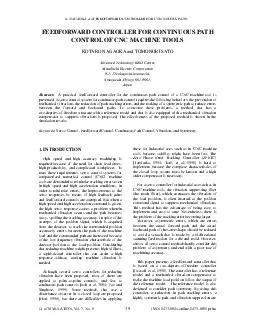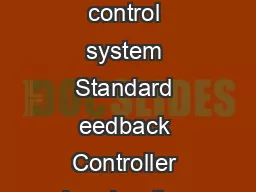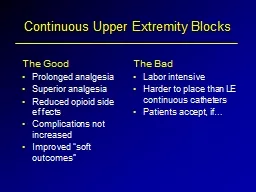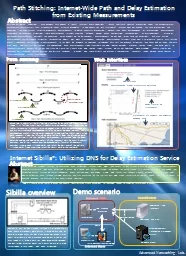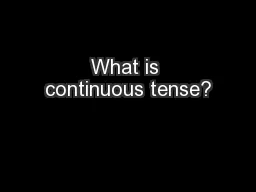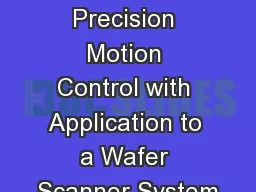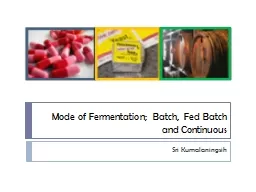PDF-K NAGAOKA et al FEEDFORWARD CONTROLLER FOR CONTINUOUS PATH I
Author : natalia-silvester | Published Date : 2014-12-13
NAGAOKA et al FEEDFORWARD CONTROLLER FOR CONTINUOUS PATH IJ of SIMULATION Vol 7 No 8 ISSN 1473804x online 14738031 print 39 FEEDFORWARD CONTROLLER FOR CONTINUOUS
Presentation Embed Code
Download Presentation
Download Presentation The PPT/PDF document "K NAGAOKA et al FEEDFORWARD CONTROLLER F..." is the property of its rightful owner. Permission is granted to download and print the materials on this website for personal, non-commercial use only, and to display it on your personal computer provided you do not modify the materials and that you retain all copyright notices contained in the materials. By downloading content from our website, you accept the terms of this agreement.
K NAGAOKA et al FEEDFORWARD CONTROLLER FOR CONTINUOUS PATH I: Transcript
Download Rules Of Document
"K NAGAOKA et al FEEDFORWARD CONTROLLER FOR CONTINUOUS PATH I"The content belongs to its owner. You may download and print it for personal use, without modification, and keep all copyright notices. By downloading, you agree to these terms.
Related Documents

